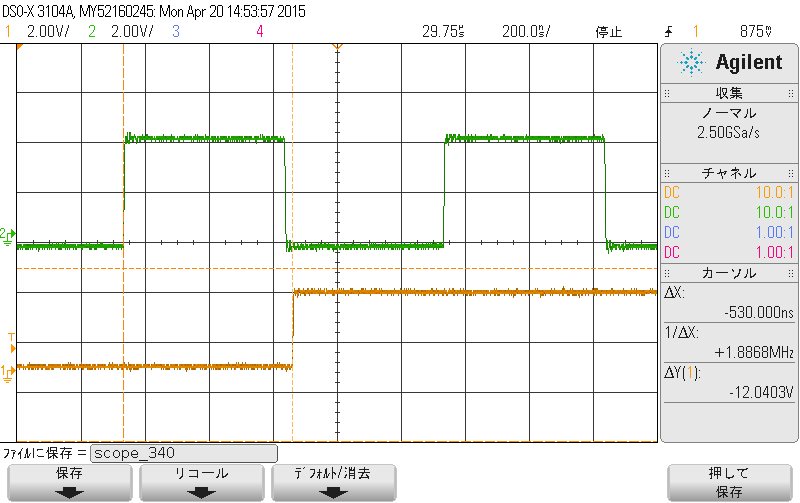To whom it may concern:
Hi, I'm Eungjun Youn who is currently designing a board with AM3358.
While thoroughly revewing the documents related to AM3358, it turned out that there is no information regarding MDC/MDIO Charateristics.
Could anyone let me know where I can find AM3358 MDC/MIDO Characterictics or send me document containing relevant information?
Your prompt response regarding this request would be highly appreciated.
Thank you for your help in advance.
Yours sincerely,
Eungjun Youn.



